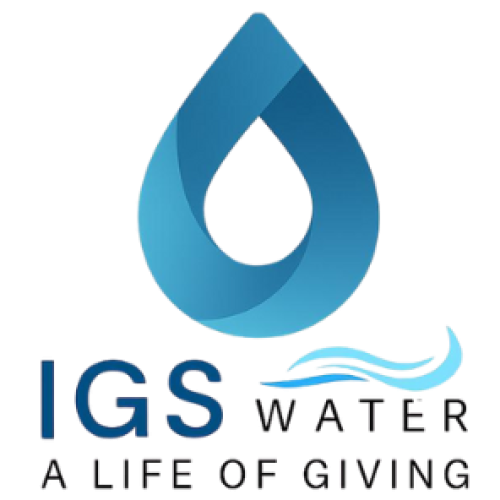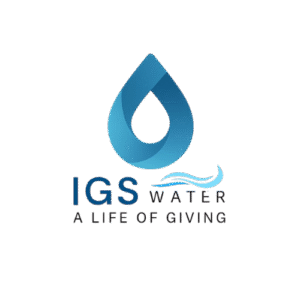Nanobubble technology offers powerful benefits for water treatment, aquaculture, and pond management, but a question we often receive is:
Should I use air or pure oxygen for generating nanobubbles?
Let’s break it down simply:
What’s in the Bubble?
- Air Nanobubbles: Contain ~21% oxygen, plus nitrogen and other gases.
- Oxygen Nanobubbles: Contain nearly 100% oxygen, providing a higher oxygen concentration per bubble.
Which Is Better for Your Application?
✅ Use Air When:
Your system aims to maintain baseline water quality and support fish health efficiently.
You need general aeration to improve dissolved oxygen (DO) levels gradually.
Budget and operational simplicity are priorities.
✅ Use Oxygen When:
- You need to rapidly increase DO, such as during hot weather or low-oxygen events.
- Your application involves high-density aquaculture requiring consistent high oxygen levels.
- You need faster algae control through oxidation in certain water treatment cases.
Efficiency Considerations
While oxygen nanobubbles deliver a higher concentration of oxygen, they also require:
- Careful monitoring to avoid oversaturation.
- Additional cost for oxygen supply or generation.
Air nanobubbles are often sufficient for ponds, lakes, and golf course water bodies, providing effective oxygenation without additional gas costs, while still benefiting from nanobubbles’ long suspension time and cleaning effects.
The Bottom Line
Both air and oxygen nanobubbles improve water quality, but:
- For routine aeration and water clarity: Air is practical and cost-effective.
- For emergency oxygenation or high-value aquaculture: Oxygen provides faster, targeted results.
If you are unsure which is right for your system, feel free to reach out. We can help assess your pond, lake, or aquaculture site and recommend the best configuration for your goals.
🌿 Ready to see the benefits of nanobubbles in action?
Contact us

